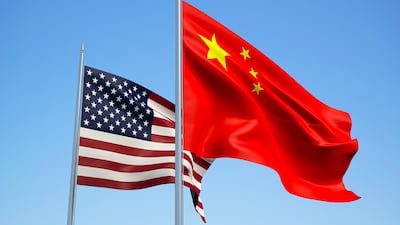In 1992, Eli Lilly & Co. was grappling with the looming loss of patent protection for one of its best-selling antibiotics, Ceclor (cefaclor). Although the Ceclor patent was set to expire in 1993, Lilly executives figured the drug wouldn’t encounter generic competition until at least the end of 1995, with the expiration of the process patent on the drug’s complicated manufacturing technique. As they looked around the world monitoring potential competitors, the executives found only one bulk manufacturer capable of making the raw material for cefaclor without infringing Lilly’s strong process patent.
Ranbaxy Laboratories Ltd. , the largest domestic pharmaceutical company in India, had recently introduced into that country the world’s first generic version of Ceclor.But rather than view Ranbaxy antagonistically...
Read the full article – start your free trial today!
Join thousands of industry professionals who rely on In Vivo for daily insights
- Start your 7-day free trial
- Explore trusted news, analysis, and insights
- Access comprehensive global coverage
- Enjoy instant access – no credit card required
Already a subscriber?







